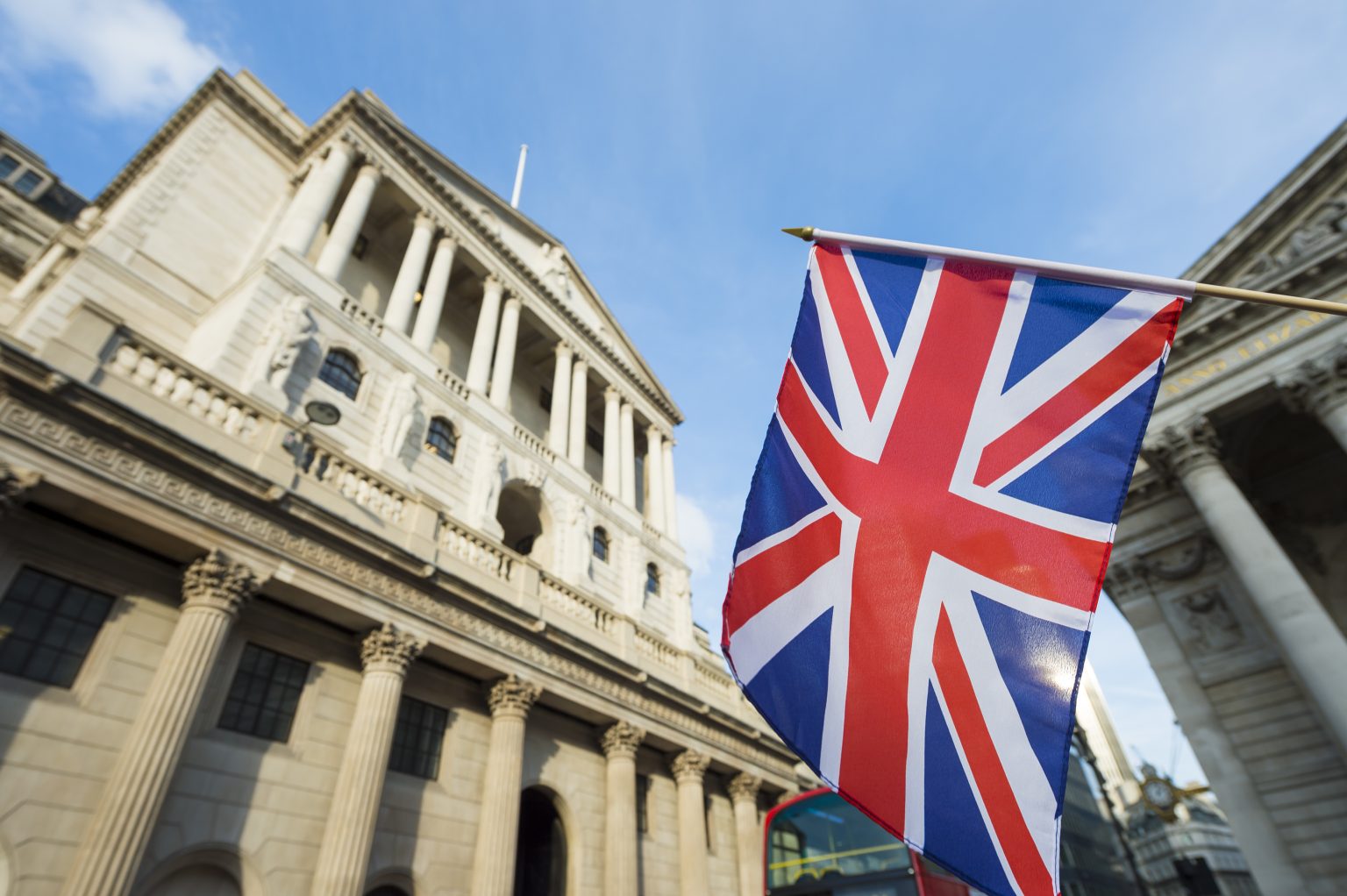Inflation in the U.K. rose to 2.3% in October, its highest level in six months, up from 1.7% in September, according to the Office for National Statistics. This marks a return above the Bank of England’s 2% target and reflects pressures from higher domestic energy bills and stubbornly high inflation in the services sector, which comprises around 80% of the British economy.
Bank of England’s Rate Cut Path Slows
The inflation spike complicates the Bank of England’s recent monetary easing strategy. Earlier this month, the Bank cut its main interest rate by 0.25% to 4.75%, marking the second reduction in three months. However, Bank Governor Andrew Bailey cautioned that rates won’t fall too fast, citing potential inflationary pressures from the Labour government’s recent budget measures.
The Bank’s next meeting on December 19 will provide policymakers with additional inflation data, helping to shape their decision-making on borrowing costs.
Global and Domestic Pressures on Inflation
Central banks worldwide have been gradually cutting rates after a period of aggressive hikes triggered by supply chain issues, the COVID-19 pandemic, and Russia’s invasion of Ukraine. However, expectations of a rapid easing of monetary policy have been tempered by recent developments.
In the U.K., Chancellor Rachel Reeves’ budget included £70 billion ($90 billion) in extra spending, funded by higher business taxes and borrowing. Economists warn this fiscal expansion could push inflation higher, as businesses may respond to tax hikes by raising prices.
Globally, U.S. President-elect Donald Trump’s proposed tax cuts and import tariffs could also fuel inflation, with potential ripple effects on global interest rates.
Slower Rate Cuts Ahead
The National Institute for Economic and Social Research (NIESR) predicts a slower pace of rate cuts from the Bank of England in 2025. Monica George Michail, an economist at NIESR, now expects inflation to exceed 3% in early 2025, driven by domestic budgetary pressures and global uncertainties, particularly surrounding the incoming Trump administration.
“While we think the Bank of England will continue to cut rates in 2025, the pace of rate cuts is expected to be slower than previously anticipated, and rates may stay elevated for longer,” Michail said.
Inflation and Interest Rate Trends
The broader outlook for interest rates suggests that while central banks are unlikely to return to the near-zero levels seen post-2008, elevated inflation may keep borrowing costs higher for longer. In the U.K., the combination of domestic spending measures, global trade policies, and energy price dynamics will play a critical role in shaping the inflation trajectory and monetary policy in the months ahead.


